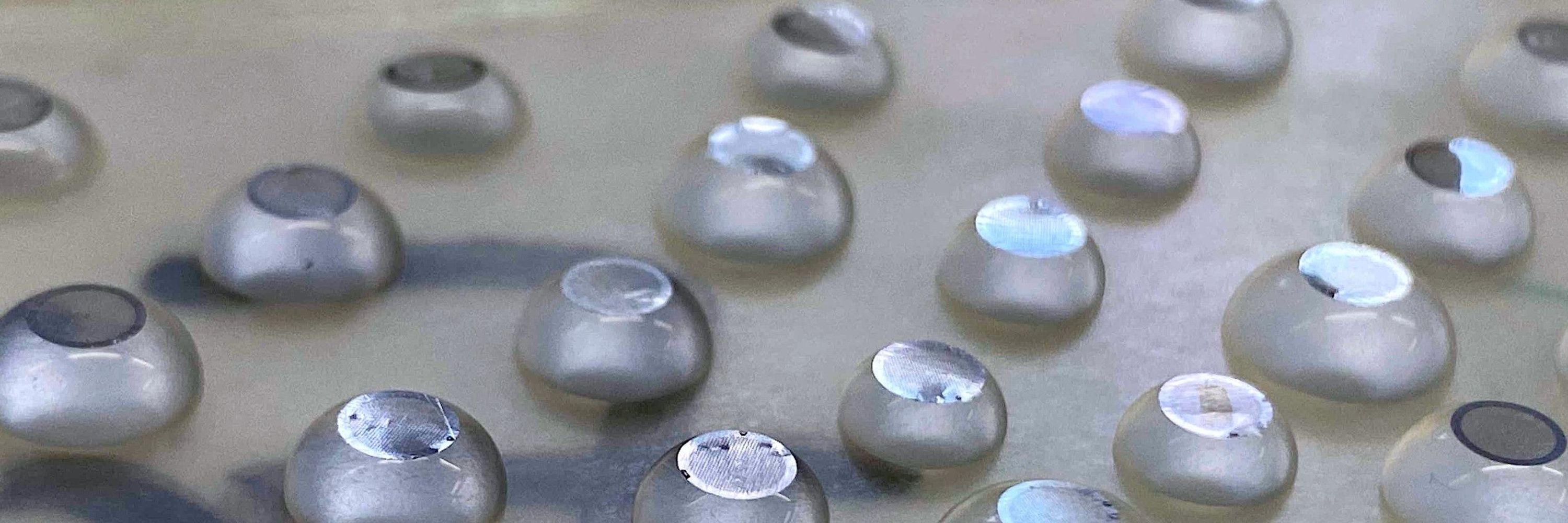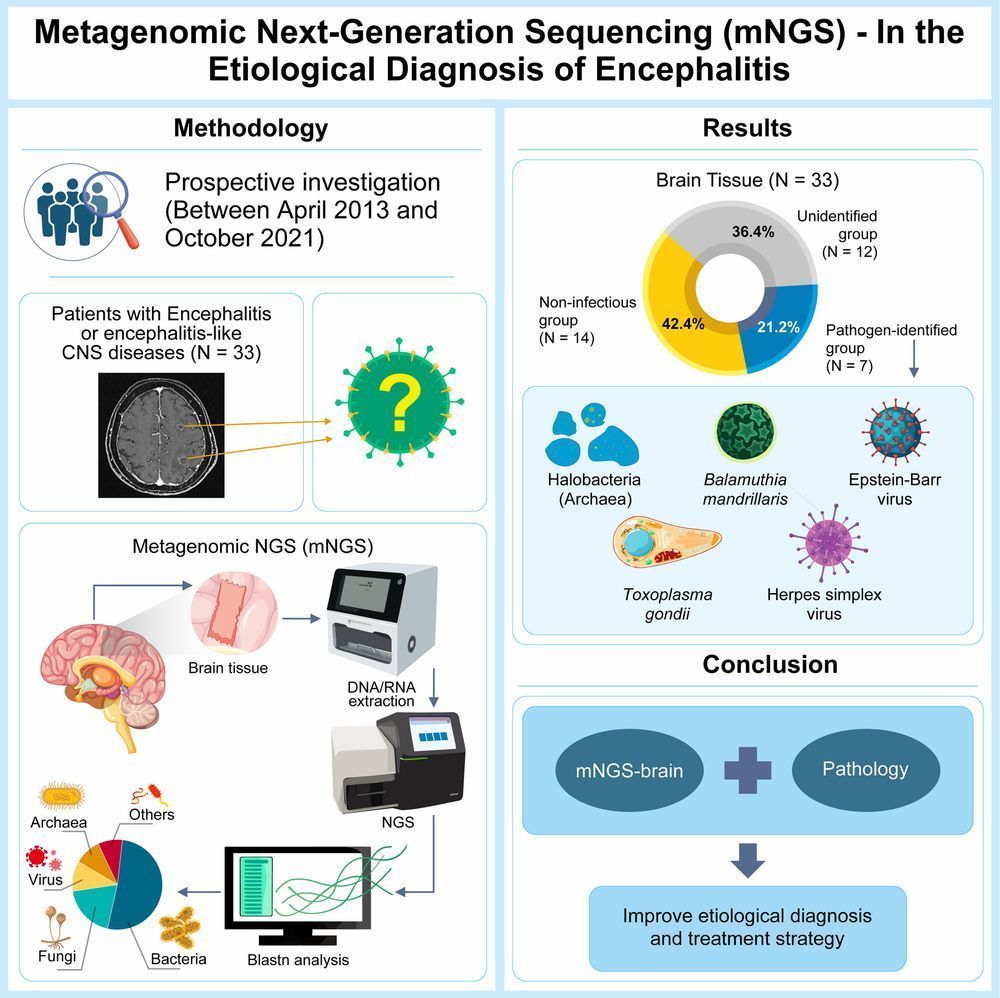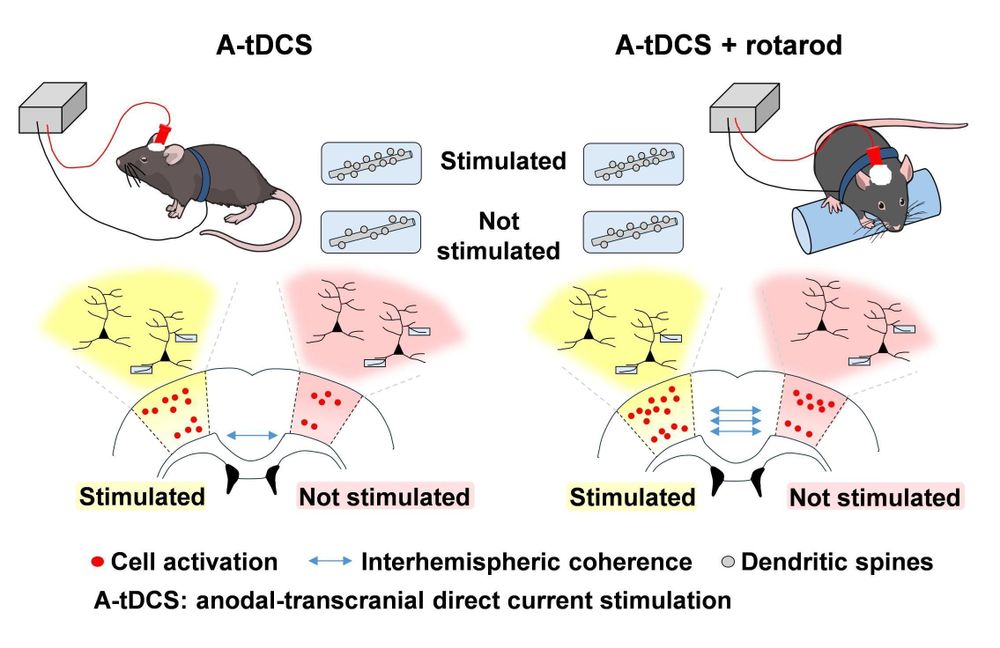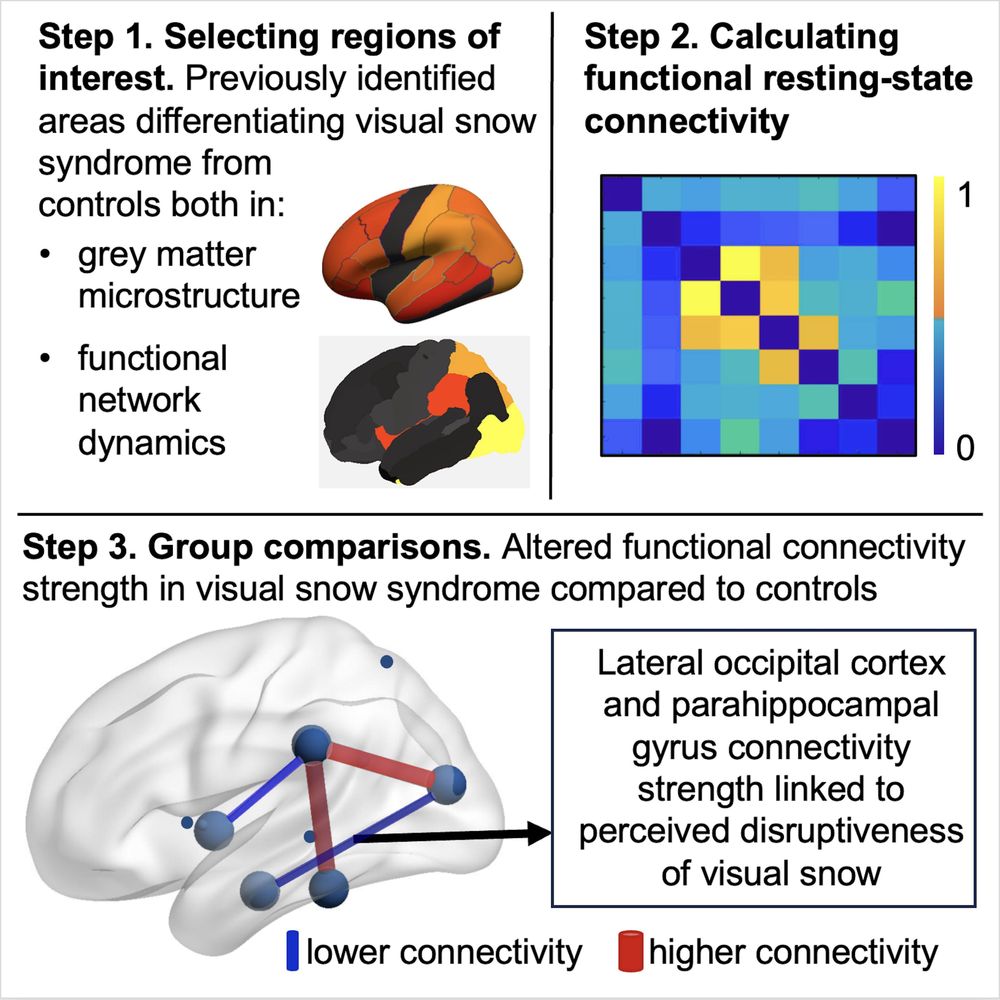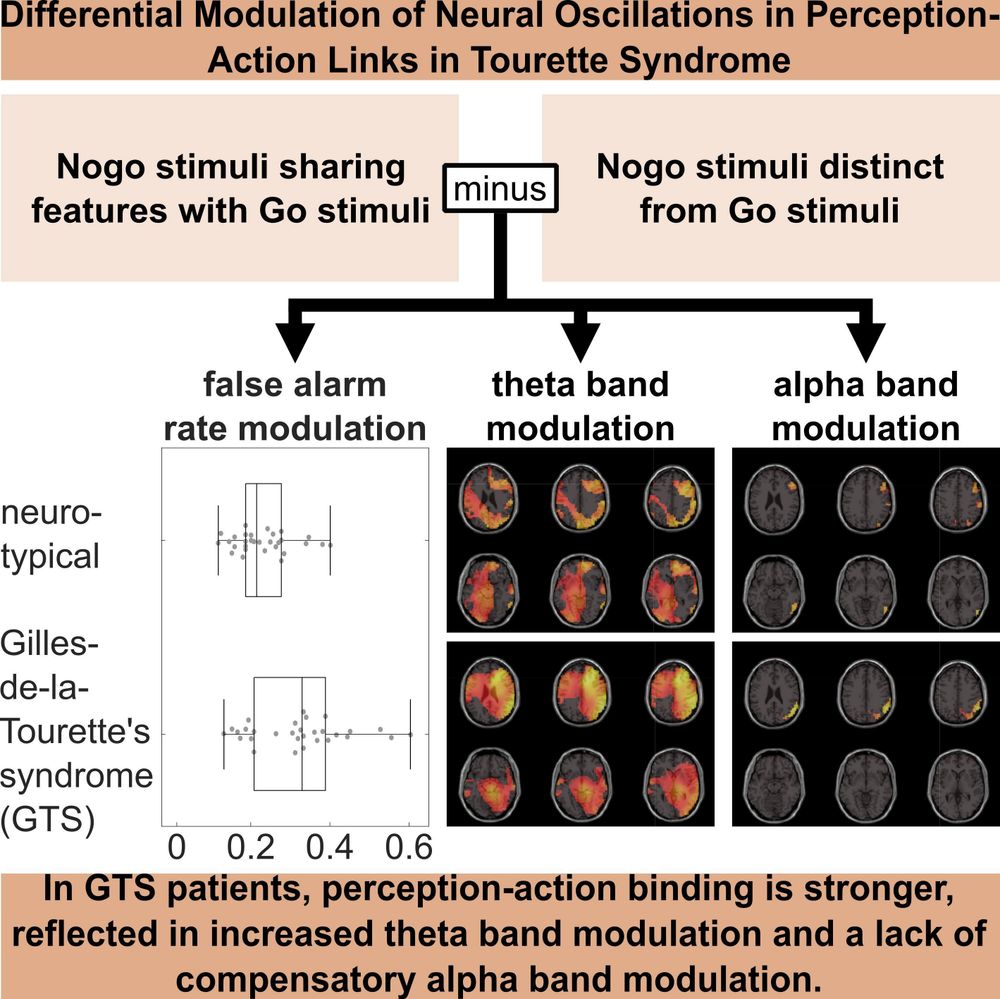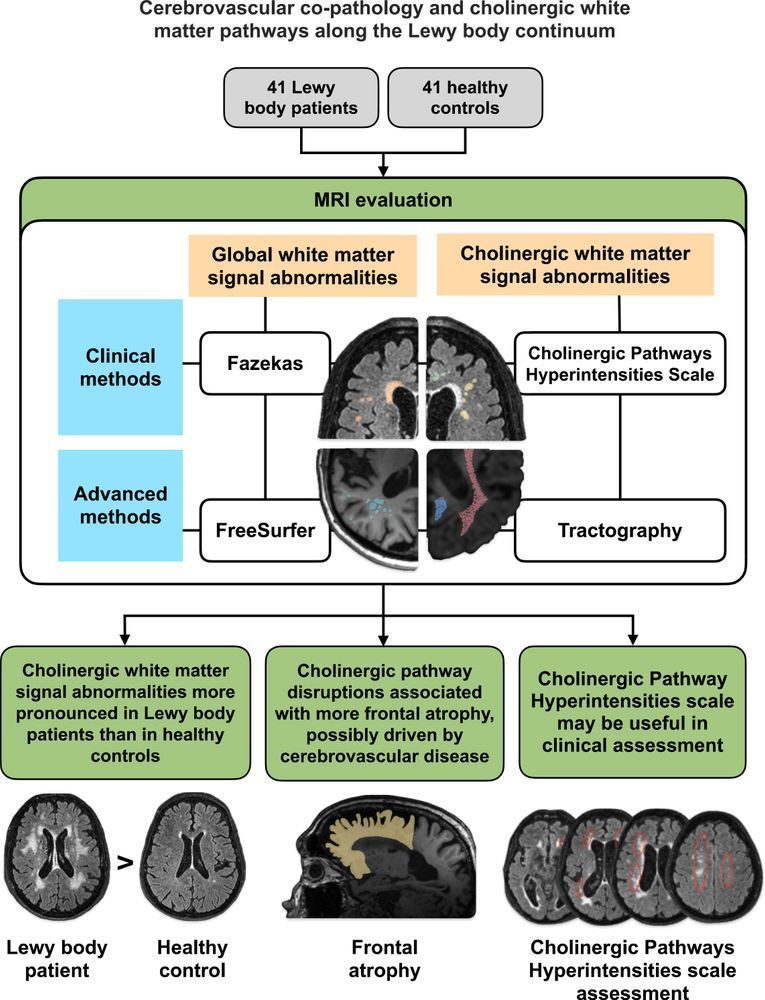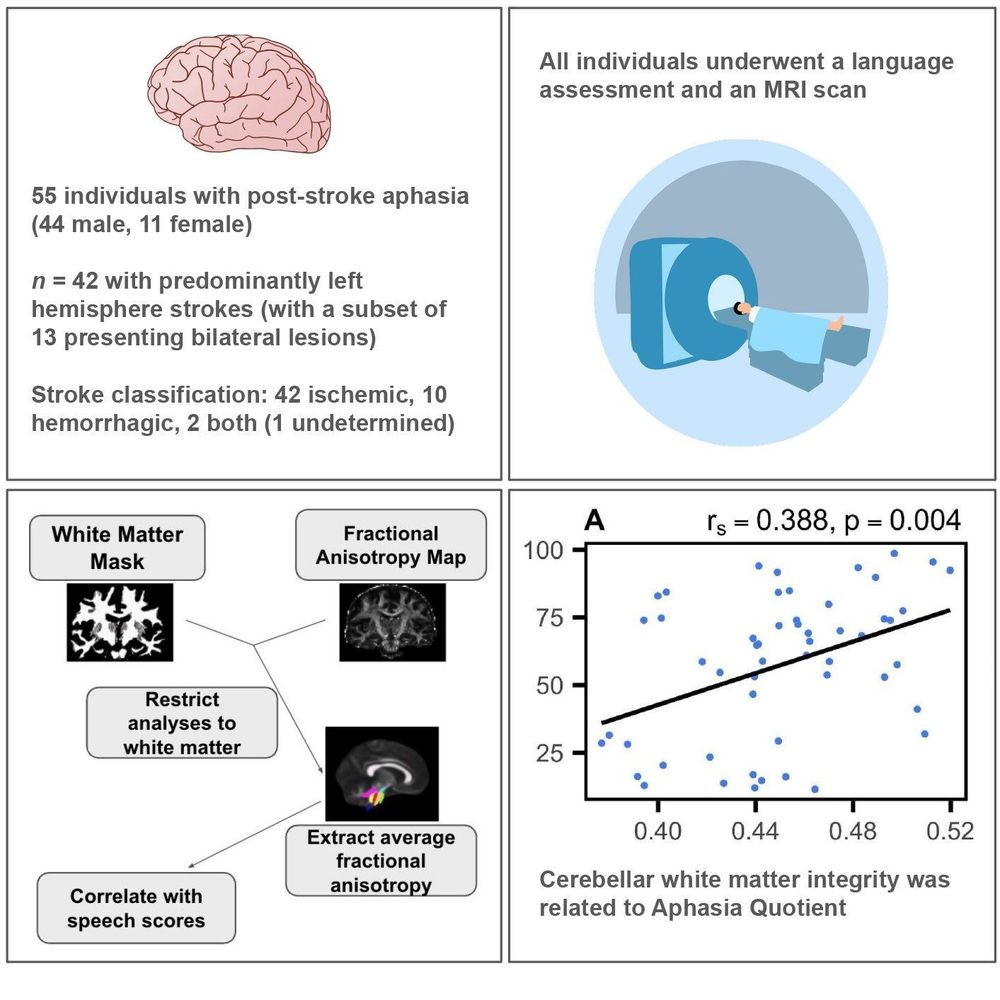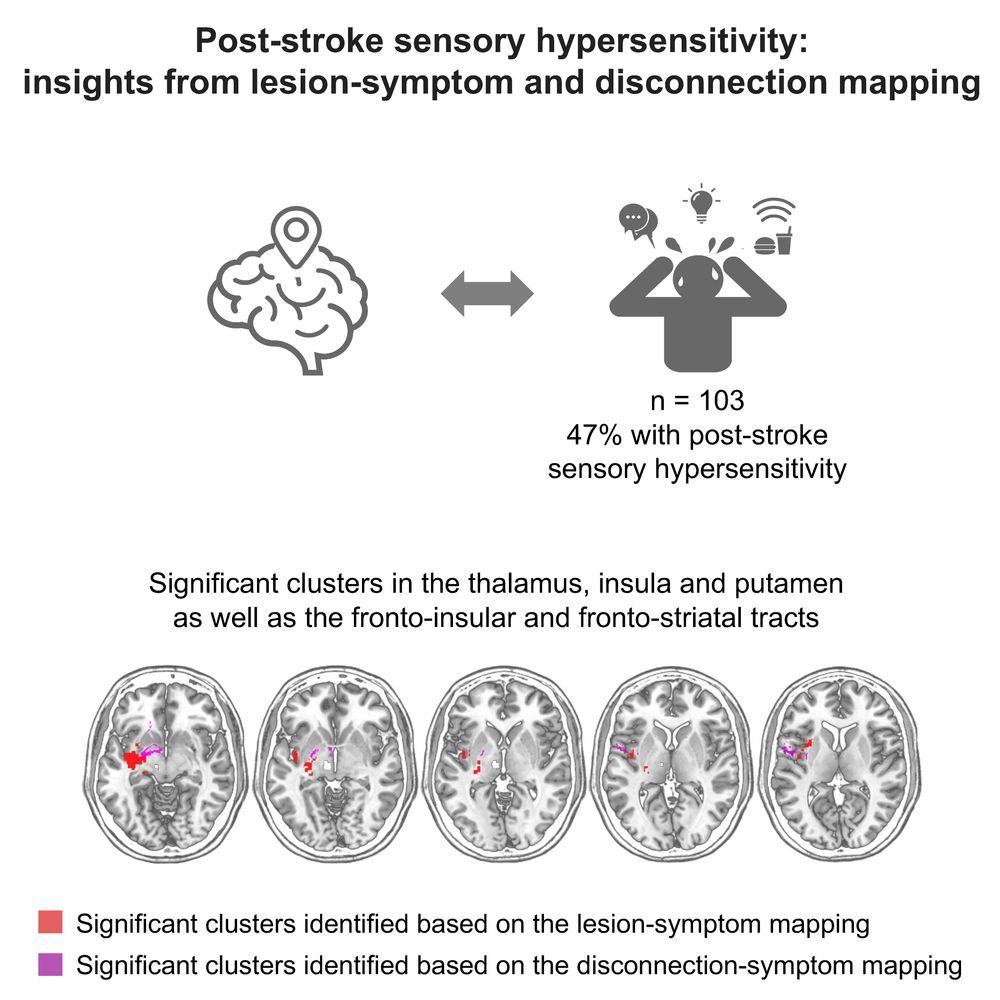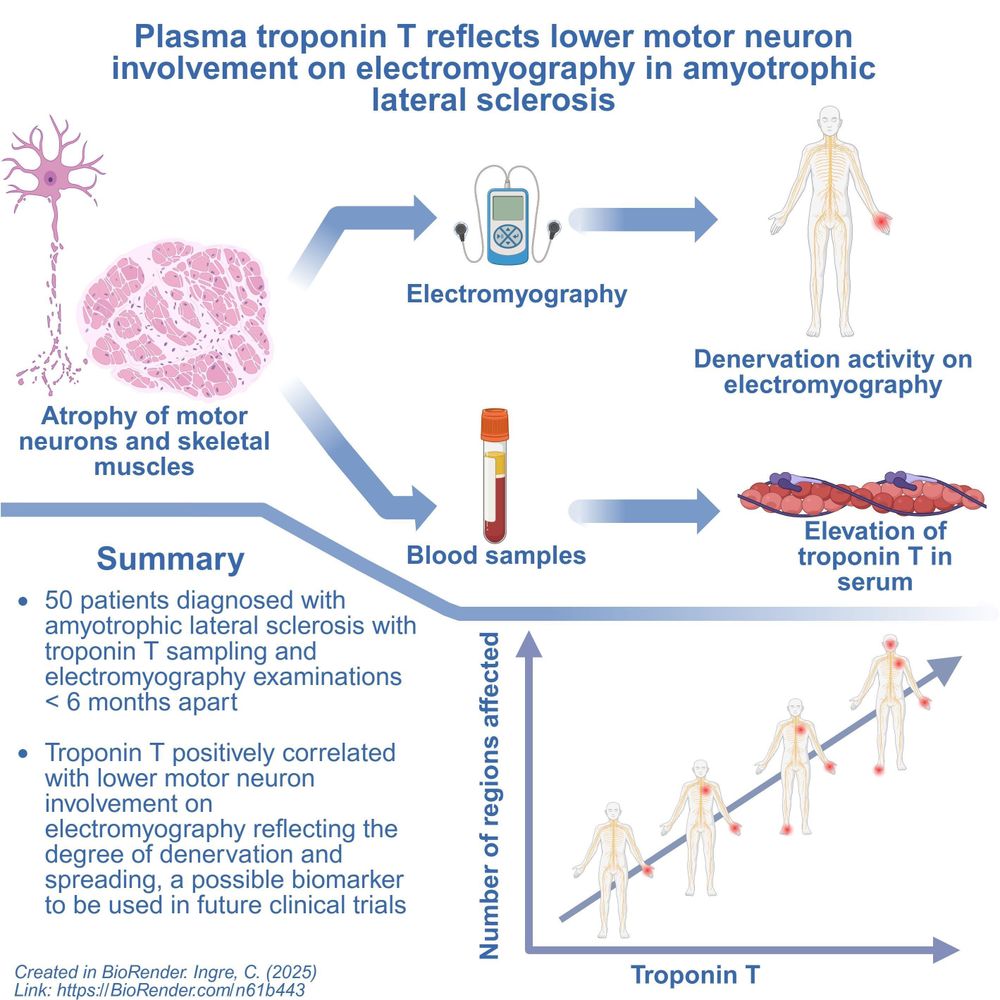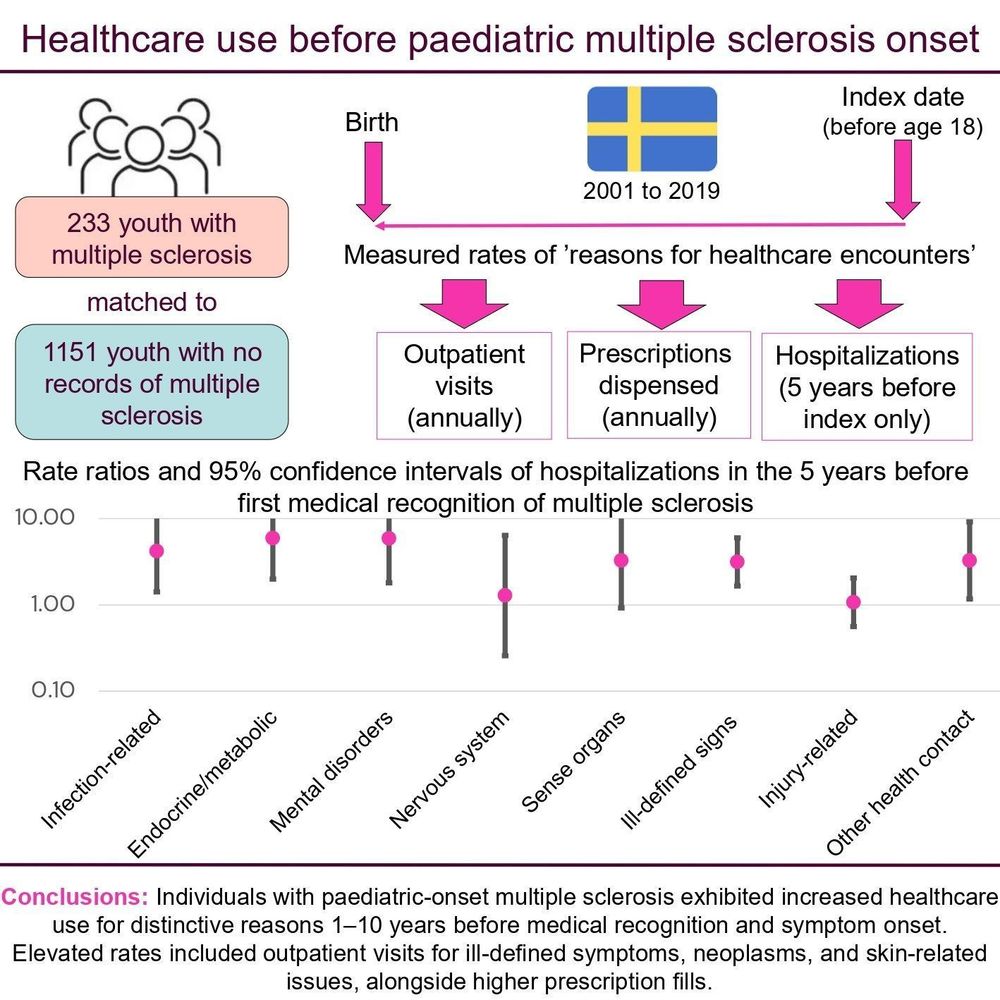Brain Communications
Open Access sister journal to Brain. 🧠🧠🧠
Proceeds go to Guarantors of Brain Charity to support the translational neuroscience community.
Join our community of authors, reviewers, prize winners!
- Basgaran et al. reported that in countries with high Alzheimer’s disease (AD) incidence, the composition of gut microbiome significantly differs. Using machine learning, they predicted population incidence of AD based on gut microbiome profile. Read at: buff.ly/F45d3QD.
- Sakiyama et al. report that metagenomic next-generation sequencing (mNGS) on brain tissue improves diagnosis of CNS diseases, identifying pathogens in 21.2% and ruling out infection in 42.4% of cases. Please read at: buff.ly/YkXzG0O
- Marchiotto et al. report that combining A-tDCS with physical activity enhances motor cortex plasticity in mice, boosting neuron activation, connectivity, and spine density. Please read at: buff.ly/6e0lEc9
- Strik et al. report that visual snow patients show altered brain connectivity, with stronger cortical links but weaker connections to deep grey matter, tied to symptom disruptiveness. Please read at: buff.ly/BXOLHqS
- Prochnow et al. report that Gilles de la Tourette Syndrome patients show stronger theta but weaker alpha activity during response inhibition, revealing disrupted perception-action processes. Please read at: buff.ly/fYtb526
- Jerele et al. report on the potential of the Cholinergic Pathway Hyperintensities Scale (CHIPS) to identify cholinergic white matter damage in Lewy body dementia, linked to frontal atrophy and vascular health. Please read at: buff.ly/vDYXTZz
- Zhang et al. report that cerebellar and corticospinal white matter integrity predicts aphasia severity post-stroke, revealing new biomarkers for language recovery. Please read at:https://buff.ly/C4nT9Qh
- Thielen et al. report that post-stroke sensory hypersensitivity links to lesions in the putamen, thalamus, amygdala, insula, and related white matter tracts. Please read at: buff.ly/Lybj1Xo
- Chamoun et al. report that high-sensitive cardiac troponin T (hs-cTnT) in ALS patients correlates with lower motor neuron involvement on EMG and disease spread. Please read at: buff.ly/XytKPdY
- McKay et al. report that increased healthcare use 1–10 years before pediatric-onset MS suggests a prodromal phase, with ill-defined symptoms and skin issues prevalent. Please read at: buff.ly/kMp6Lng
